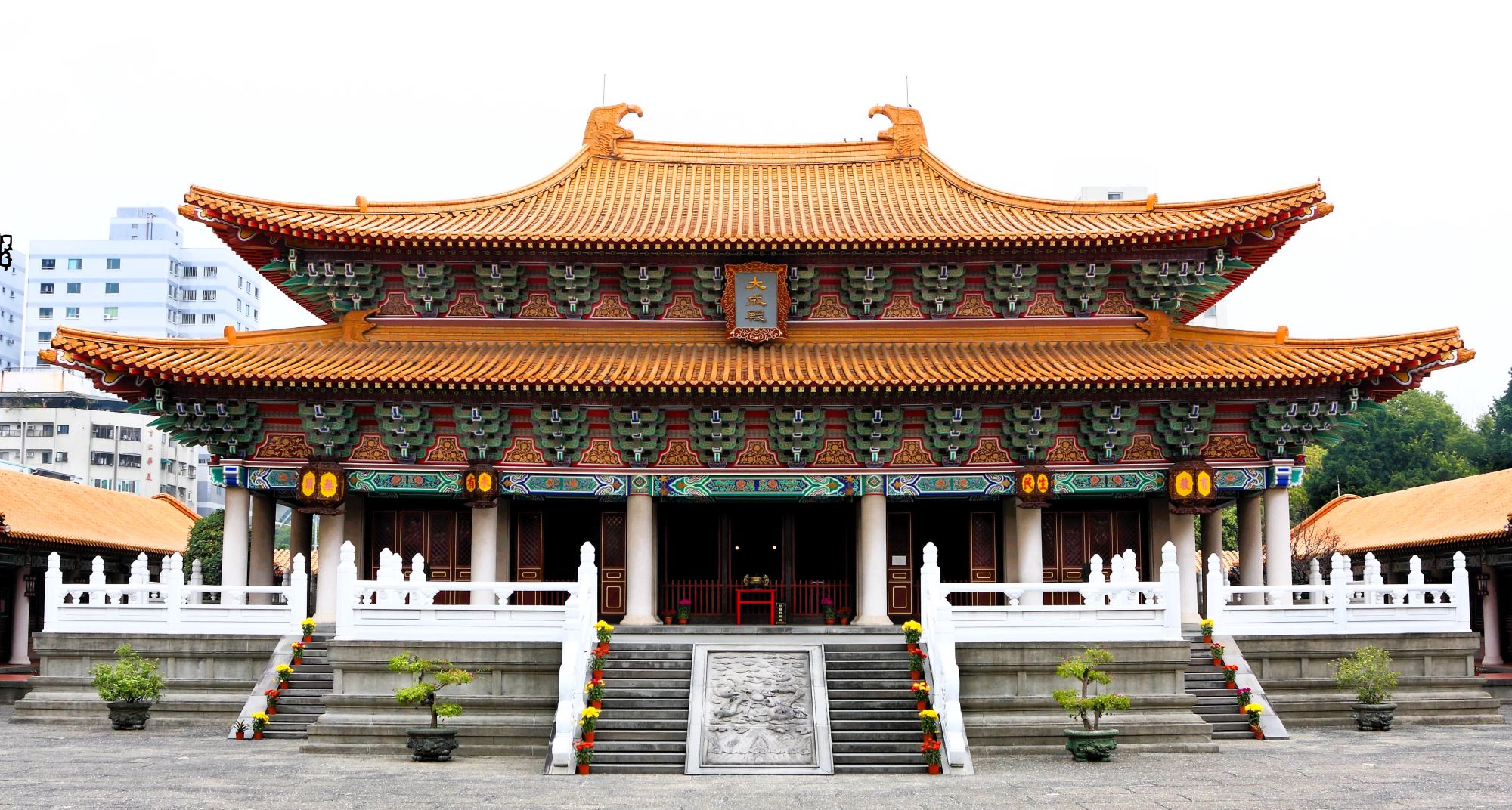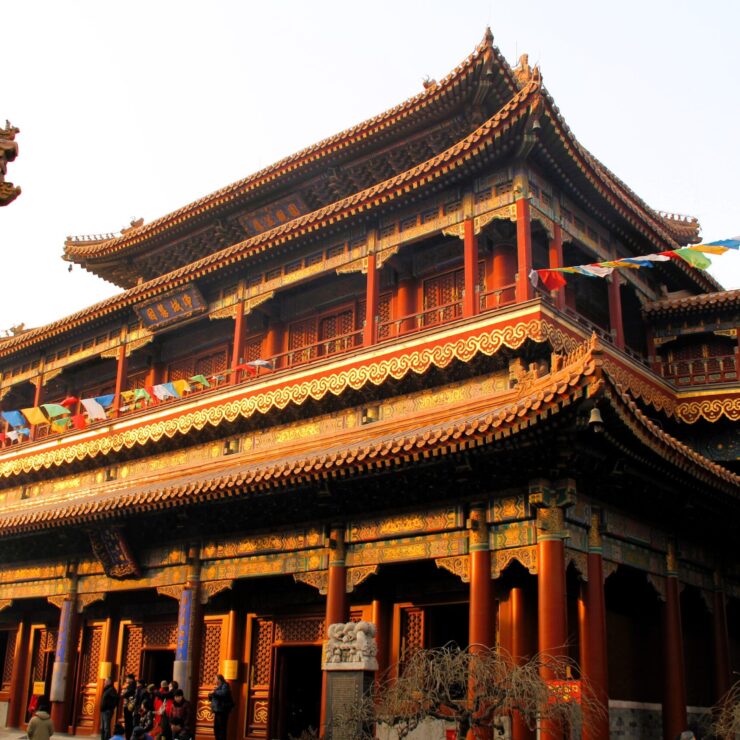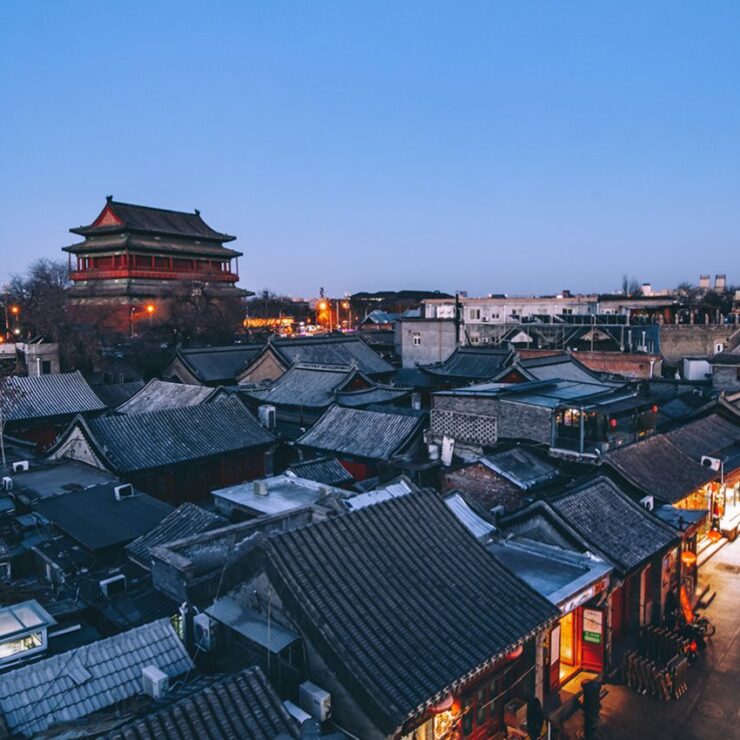Amidst the vibrant chaos of Beijing, where modernity and history collide, lies a tranquil haven that offers a peaceful retreat from the bustling city—the Temple of Confucius. Dedicated to the revered Chinese philosopher Confucius, this sacred site is not only a testament to his enduring legacy but also a place of quiet reflection for visitors. Known as the second-largest Confucian temple in China, it provides a unique glimpse into ancient Chinese culture, philosophy, and architecture. In this detailed guide, we’ll explore the history, highlights, and practical tips for visiting the Temple of Confucius, ensuring an enriching experience for tourists seeking serenity in Beijing.
The Historical Significance of the Temple of Confucius
Located in the Dongcheng District of Beijing, the Temple of Confucius (Kong Miao) was first established in 1302 during the Yuan Dynasty, making it over 700 years old. It was built to honor Confucius (551–479 BCE), the great thinker and educator whose teachings on morality, ethics, and social harmony have profoundly shaped Chinese culture and governance for centuries. His philosophy, known as Confucianism, emphasizes virtues like filial piety, respect for elders, and the importance of education—values that remain central to Chinese society today.
Originally constructed as a place for imperial officials to pay homage to Confucius, the temple served as a center for Confucian rituals and ceremonies during the Yuan, Ming, and Qing dynasties. It also housed the Imperial College (Guozijian), an adjacent institution that was the highest center of learning in ancient China, training scholars for the rigorous civil service examinations. Together, the temple and college formed a hub of intellectual and spiritual life, symbolizing the reverence for knowledge and ethical conduct.
Though less crowded than other Beijing landmarks like the Forbidden City or the Temple of Heaven, the Temple of Confucius holds immense cultural importance. It stands as a quiet reminder of the philosophical foundations that have guided Chinese civilization, offering visitors a chance to connect with history in a deeply personal way.
Architectural Beauty: A Glimpse of Traditional Design
The Temple of Confucius spans over 20,000 square meters and follows a traditional Chinese architectural layout, with structures aligned along a central north-south axis. Its design reflects the principles of balance and harmony central to Confucian thought, featuring symmetrical courtyards, elegant pavilions, and understated yet intricate decorations. Unlike the vibrant colors of other temples, the aesthetic here is more subdued, with gray brick walls and dark tiled roofs evoking a sense of solemnity and reverence.
Key architectural highlights include:
- Dacheng Gate (Gate of Great Accomplishment)
The main entrance to the temple, this imposing gate sets the tone for your visit with its classic design and stone carvings. It leads into the first courtyard, where ancient cypress trees—some over 700 years old—stand as silent witnesses to history. - Dacheng Hall (Hall of Great Accomplishment)
The central and most significant structure, this hall houses a statue of Confucius surrounded by tablets honoring his most prominent disciples, including Mencius and Yan Hui. The hall’s interior is adorned with wooden beams, subtle paintings, and offerings left by visitors, creating a serene atmosphere for contemplation. - Chongsheng Shrine
Dedicated to Confucius’ ancestors, this smaller hall reflects the Confucian emphasis on filial piety. Its understated elegance and quiet ambiance make it a peaceful spot to pause during your visit. - Stone Tablets and Steles
Scattered throughout the temple grounds are over 190 stone steles engraved with the names of successful candidates from the imperial examinations during the Yuan, Ming, and Qing dynasties. These tablets, some dating back centuries, are a fascinating record of China’s scholarly past and are listed as UNESCO World Heritage artifacts. - Ancient Cypress Trees
One of the temple’s most iconic features is the “Touch Evil Cypress,” a 700-year-old tree said to have been planted during the Yuan Dynasty. Legend has it that the tree once “punished” a corrupt official by knocking off his hat with its branches, earning its mystical reputation. Visitors often touch the tree for good luck, adding a touch of folklore to the experience.
The temple’s architecture avoids the ornate extravagance of other Beijing landmarks, instead focusing on simplicity and harmony—a reflection of Confucian ideals. This understated beauty, combined with the quiet courtyards, makes it a true escape from the city’s hustle and bustle.
A Peaceful Retreat: Why Visit the Temple of Confucius?
Unlike more crowded tourist spots, the Temple of Confucius offers a rare sense of calm in the heart of Beijing. Its serene courtyards, shaded by ancient trees, provide a perfect setting for quiet reflection or a leisurely stroll. For many visitors, the temple is not just a historical site but a place to reconnect with the timeless wisdom of Confucius, whose teachings on balance, respect, and personal growth resonate even in today’s fast-paced world.
The temple also offers a cultural immersion into China’s reverence for education and ethical living. It’s a place where you can imagine scholars of centuries past studying under these very trees, preparing to serve their country with integrity. Whether you’re a history enthusiast, a spiritual seeker, or simply a traveler in need of peace, the Temple of Confucius delivers an experience that soothes the soul.
What to See and Do at the Temple of Confucius
While the temple is smaller than some of Beijing’s other attractions, there’s plenty to explore and appreciate during your visit. Here are some highlights and activities to include in your itinerary:
- Explore the Courtyards: Wander through the temple’s four courtyards, each offering a different perspective on its history and design. The quiet spaces are ideal for photography or simply soaking in the atmosphere.
- Visit the Imperial College (Guozijian): Adjacent to the temple, this historic institution is often included in the same ticket. It features the iconic Biyong Hall, surrounded by a moat, where emperors once lectured on Confucian classics. The college grounds also house exhibits on ancient Chinese education.
- Admire the Stone Steles: Take time to read (or photograph) the inscriptions on the stone tablets, which document the names of over 51,000 scholars who passed the imperial exams. It’s a tangible link to China’s intellectual heritage.
- Reflect on Confucian Teachings: Many visitors find inspiration in the temple’s serene environment. Bring a notebook to jot down thoughts or simply sit on a bench under the ancient trees to contemplate life’s deeper questions.
- Attend Cultural Events: On special occasions, such as Confucius’ birthday (September 28), the temple hosts traditional ceremonies with music, dance, and offerings. Check the local calendar to see if your visit coincides with such an event.
Practical Tips for Visiting the Temple of Confucius
To make the most of your visit to this peaceful sanctuary, keep these practical tips in mind:
- Location and Getting There: The Temple of Confucius is located at 13 Guozijian Street, Dongcheng District, Beijing, near the Lama Temple (Yonghegong). The easiest way to reach it is via the Beijing Subway—take Line 2 or Line 5 to Yonghegong Station, then walk about 10 minutes to the temple.
- Opening Hours and Tickets: The temple is open daily from 8:30 AM to 5:00 PM (last entry at 4:30 PM). Admission costs around 30 CNY, which typically includes access to both the temple and the Imperial College. Discounts are available for students and seniors with valid ID.
- Best Time to Visit: Early mornings or weekdays are ideal for avoiding crowds and enjoying the temple’s tranquility. Spring and autumn offer pleasant weather, while winter visits can be especially peaceful with fewer tourists.
- Dress Code and Etiquette: While there’s no strict dress code, modest clothing is recommended out of respect for the site’s cultural significance. Speak quietly, avoid touching artifacts, and follow any posted signs regarding photography.
- Nearby Attractions: The temple’s location makes it easy to combine with a visit to the nearby Lama Temple, just a short walk away. You can also explore the historic hutongs of Dongcheng District, like Nanluoguxiang, for a taste of old Beijing life.
- Facilities: Restrooms and small shops selling souvenirs (like Confucian texts or postcards) are available on-site. However, there are no cafes or restaurants within the temple, so plan to eat before or after your visit.
Why the Temple of Confucius Should Be on Your Beijing Itinerary
The Temple of Confucius offers a unique blend of history, culture, and serenity that sets it apart from Beijing’s more crowded attractions. It’s a place to step away from the city’s frenetic pace and immerse yourself in the timeless wisdom of one of history’s greatest thinkers. Whether you’re captivated by its ancient architecture, inspired by its philosophical roots, or simply seeking a quiet escape, this temple delivers an experience that lingers long after you’ve left its gates.
For travelers interested in understanding the cultural underpinnings of China, the Temple of Confucius is an essential stop. It’s not just a monument to a man but a celebration of ideas—education, morality, and harmony—that continue to shape the nation. Pair this visit with nearby sites like the Lama Temple or a stroll through Beijing’s historic hutongs for a well-rounded day of exploration.
Plan Your Visit to the Temple of Confucius Today
Ready to discover a hidden gem in Beijing? Add the Temple of Confucius to your travel itinerary and experience a peaceful retreat steeped in history and wisdom. Whether you’re a history buff, a cultural explorer, or simply in need of a quiet moment amidst your travels, this serene temple offers a sanctuary for all. Pack your curiosity, wear comfortable shoes for wandering the courtyards, and step into a world where the teachings of Confucius come to life.





